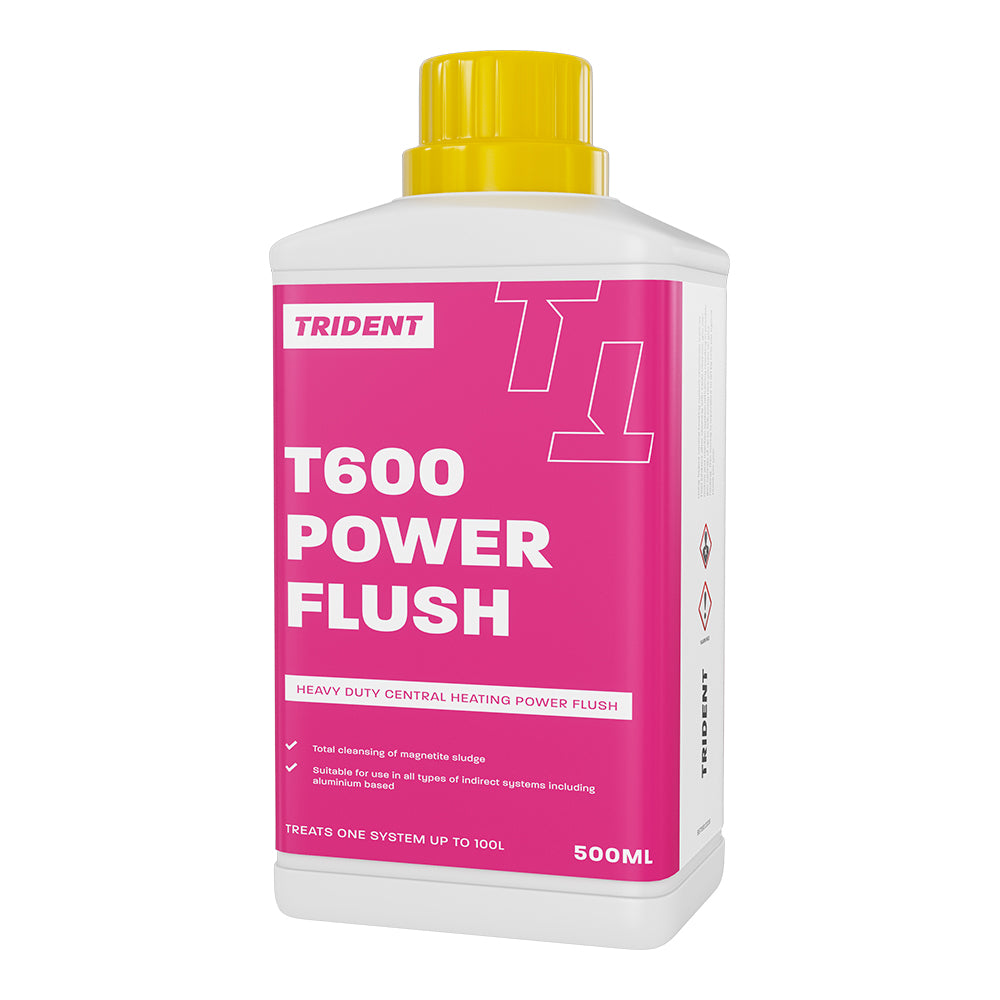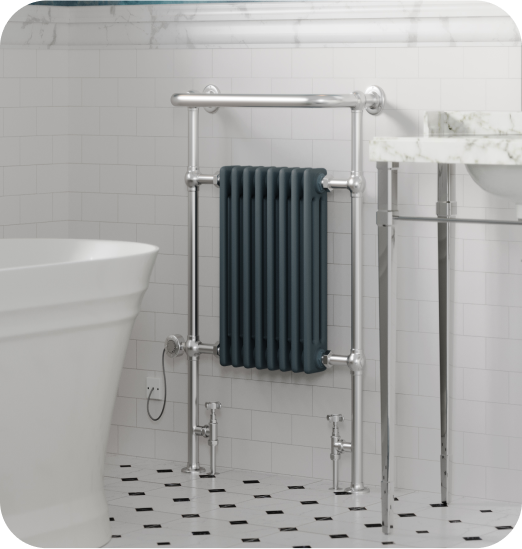
Saving Money One Sock At A Time
Biology
Your feet will generally have a lower temperature than your core body temperature during the winter, as well as this, feet play a very important role in thermoregulation (or regulating the temperature of your body) and dictate, in a certain way, your behaviour. So we all know that when we use a thermometer to check our temperature, we are looking for around 37 degrees. However, the feet, much like the hands, have a lot of veins. Veins are used to regulate body temperature by dilating to lose heat, constricting to retain heat. The temperature of your feet can be quite a bit lower than your body temperature, which would make your whole body feel cold, not just your feet. We as biological organisms are conditioned to respond to certain stimuli, one of those is the temperature of our feet. So, it’s quite logical to find ourselves feeling cold and turning up our thermostat to try and get warm, or we may already have a high temperature on the thermostat in preparation for this cold feet phenomenon. So even if our Body Core is 37 degrees and our room temperature is 19 degrees, if our feet are cold, then we would be naturally driven to warming up and have an urge to do so, which we would fulfil through various means. It is no different to how when you are hot at night, you stick your feet out from under the duvet, it is instinct.Physics
If we think about the physics of a heating system, and how radiators heat our rooms, they do this predominantly via convection. This basically means they heat the air, the hot air rises moving away from the radiator, colder air is found towards the floor of the room returning to the radiator, in a convection current of sorts. So our feet, being the lowest part of our body, are existing in the coldest part of the room. If we go beyond this, and we think about the type of floors we have around our home, maybe tiled floors, or laminate flooring, we know that it will be cold and our feet will, by virtue of being in contact with the floor, become colder. So what happens when we are barefoot or don’t wear decent socks in our home? Our feet will be colder than the rest of our body, which in turn kicks in some of our biological instincts to get warmer.So if we put these notions together, could we really save money?
If when we got up in the morning, we put on decent footwear, then we could in theory prevent this urge from arising. We’d be protecting our feet from the colder air near the bottom of the room and the material of the floor. There would then be two significant ways we can save money Room Thermostat Setting According to the energy saving trust, for every degree we can reduce our room thermostat, we would save around £145 per year. There is various advice out there, on what is a healthy Room Temperature, but according to the NHS, if you can, heat to 18 degrees for the rooms you regularly use, but they do say it can be a bit lower if you are more comfortable with a lower temperature. But, if we feel that we need to have our home heated to higher than this to feel comfortable, maybe we just need some decent footwear for around the home so we can lower this? Boiler Temperature Along with this, we may also find that our demand for our home to get to a comfortable temperature at a rapid rate starts to decline, meaning we can lower our boiler temperature a bit as well. Fun fact - part of the reason a boiler is set so high when it's installed (according to several government research papers) is because of the customer’s expectation of how quickly their home should heat up. Lowering boiler temperatures is one of the most significant ways to save energy, but check out this guide before you attempt this, as there are a few caveats. So if we take the physics of heating systems and how changes to them can save money, combined with the biological functions of our human being and how we control them,, we could save money by simply putting on some decent footwear! Considering the savings available, at the very least, getting some thermal socks or very snug slippers, is certainly worth a try! To recap:- Feet play an important role in our body’s thermoregulation.
- The way heating systems work with convection mean that the air at the lowest parts of the room will be colder.
- The types of floor we have will also impact how much heat we lose through our feet/how cold our feet are.
- We have a natural biological urge to resolve the problem of cold feet. The resolution could be putting on footwear, lighting the fire or turning up the central heating.
- We are probably conditioned to expect the heating to heat our home at a rapid rate.
- However, we may find that we can reduce our boiler temperature (slowing the rate our home heats up) and possibly lower our room thermostat temperature, simply by making sure we wear proper footwear before we get cold feet.
- Therefore, the first thing we should do when we get up or get home, is make sure we are wearing proper footwear, and possibly invest in some thermal socks or snug slippers.










